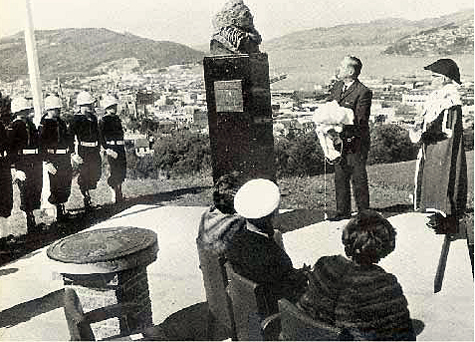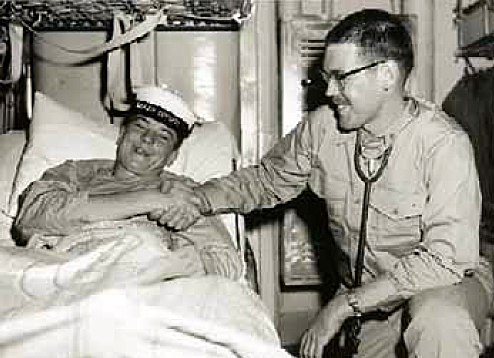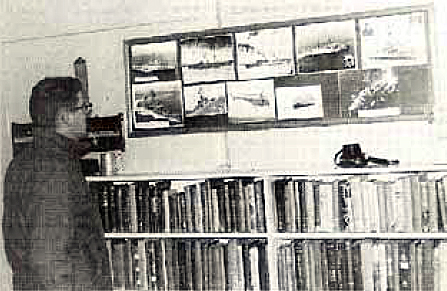|
The Other Deep FreezePicket ships supported Antarctic mission for 11 yearsPosted September 4, 2009
What is an Operation Deep Freeze The picket ships provided weather reporting and search and rescue duties for aircraft operating between New Zealand (NZ) and the Antarctic continent. These picket ships were stationed at 60° south latitude and 170° east longitude, roughly 900 miles south of Bluff, New Zealand. Tours of duty “on station” ranged from a short two weeks or less, to a long tour of an entire operating season for some of the ships. Hazards of this arduous sea duty included frequent maneuvering to avoid collisions with icebergs and the extremely severe weather conditions of the “Screaming Sixties” that characterize that part of the Southern Ocean. The picket ships were based in Dunedin, NZ. Because of their isolation from the Christchurch and Port Lyttleton areas from which the rest of Deep Freeze operated, the existence of these units are virtually unknown to many who worked in the U.S. Antarctic Research Program, as it was called then. During the 11 years that the U.S. Navy Ocean Station Vessels served with Operation Deep Freeze, there were numerous things that these ships had in common besides being on station around 60° south. More Information
In military terms, a picket refers to a soldier or small group of soldiers maintaining a watch. Hence, the term picket ships for the vessels that stood watch on the Antarctic Circle and elsewhere.
One of those commonalities was routine port calls at Campbell Island, the NZ sub-Antarctic weather station. Not only did the ships bring freshies (fresh vegetables and fruit) and mail, but the island also served as a liberty port for the sailors, who always made sure to bring along a good supply of libations for the Campbell Island bar. Another common thread was marriages of crewmembers to NZ girls, and then the ships went on an “around the world cruise” after out-chop from Deep Freeze operations. Additionally the ships seemed to hold “open house” at the drop of a white hat. And last, but not least, the picket ships always managed to get far enough south so the crew could get “hero shot” photos of themselves with icebergs in the background. Deep Freeze Weather Picket Ships
*Denotes that the ship was on station for the entire season. Not everything was routine though. On Nov. 24, 1963, the HMNZS Rotoiti notified USS Hissem that one of her seamen was suffering from apparent acute appendicitis. Since the NZ ship had no medical officer, the seaman was transferred to Hissem by highline in a full gale. Hissem’s doctor, Lt. John M. Alexander, performed an appendectomy as soon as the Kiwi sailor was brought aboard. The NZ seaman recovered rapidly and spent the rest of the picket on Hissem. He left the ship on Christmas Eve after having spent 73 days at sea, which was more than he bargained for because Rotoiti had been on station for 33 days when he was transferred to Hissem.
RMC Billy-Ace Penguin Baker, USN (Ret), has been involved with the U.S. Antarctic Program since 1962. He is an officer with the Old Antarctic Explorers Association
|



For USAP Participants |
For The Public |
For Researchers and EducatorsContact UsU.S. National Science FoundationOffice of Polar Programs Geosciences Directorate 2415 Eisenhower Avenue, Suite W7100 Alexandria, VA 22314 Sign up for the NSF Office of Polar Programs newsletter and events. Feedback Form |




